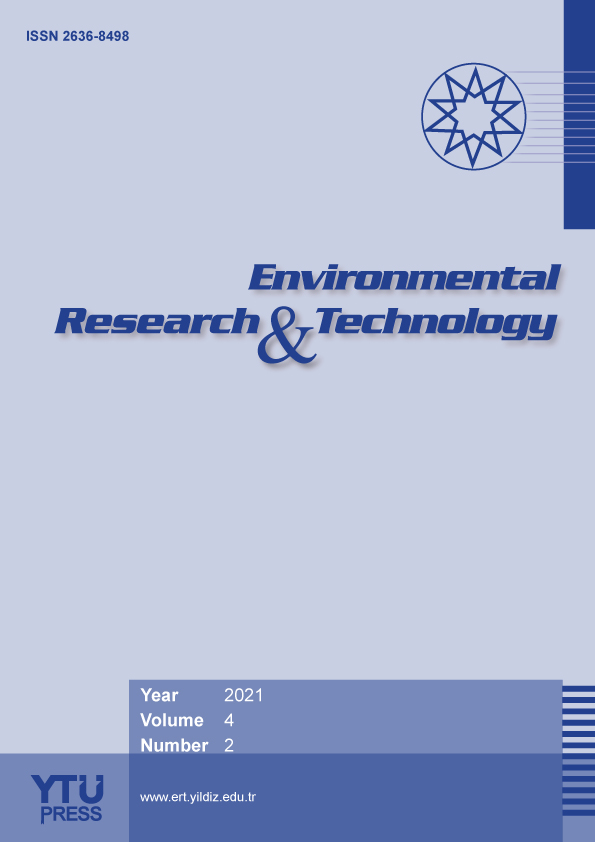Abstract
Hollandite is a ceramic used for the confinement of cesium. In this study, we synthesized a hollandite of chemical formula: K0.28Ba0.76Ti7.10Cu0.9O16, where K simulates cesium. This new formulation of a copper-containing hollandite was synthesized by a double calcination; the first one at 950°C during 18 h, and the second one at 1000°C during 6 h. The mineral was identified by X-ray diffraction. Various leaching tests are employed in order to assess the chemical durability of this mineral. The static test MCC1 gave elemental leaching rates of: 7.097 10-5 g cm-2 d-1 for Cu, 5.592 10-7 g cm-2 d-1 for Ti and 4.630 10-6 g cm-2 d-1 for Ba, after 42 days. This corresponds to dissolved elements percentages of: 5.7% Cu, 0.0007% Ti and 0.2% Ba. The equivalent amount of dissolved K is 0.0029%. A static test in the presence of a clay barrier, gave the best leaching rates (at 42nd day, NR<3.704 10-7 g cm-2 d-1 of Cu, and <1.11 10-9 g cm-2 d-1 of Ti and <3.67 10-9 g cm-2 d-1 of Ba). This corresponds to 0.030% of Cu, 10-6 % of Ti and 0.002 % of Ba, and about 0.002% of K. In MCC5 dynamic test, the leaching rates of Cu, Ti and Ba reached 2 10-6, 1,468 10-7, and 1.084 10-5 g cm-2 d-1, respectively, corresponding to 0.028% Cu, 0.0003% Ti, and 0.082% Ba, after seven days. The estimated K leaching rate is 3.613 10-6 g cm-2 d-1, ie 0.082% K dissolved in the leachate. There is no passivation layer formation. The MCC5 test is considered as a dissolution test.











